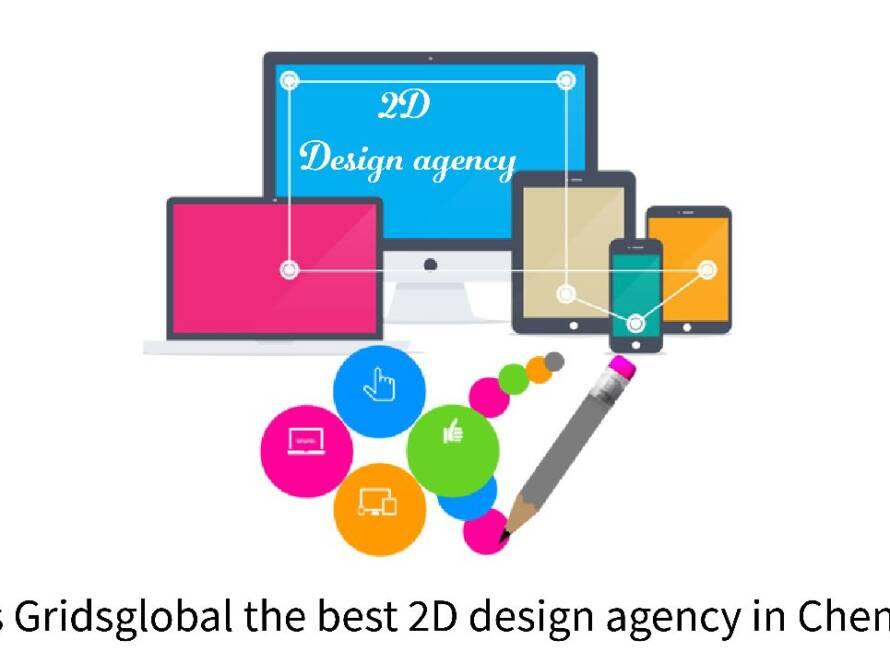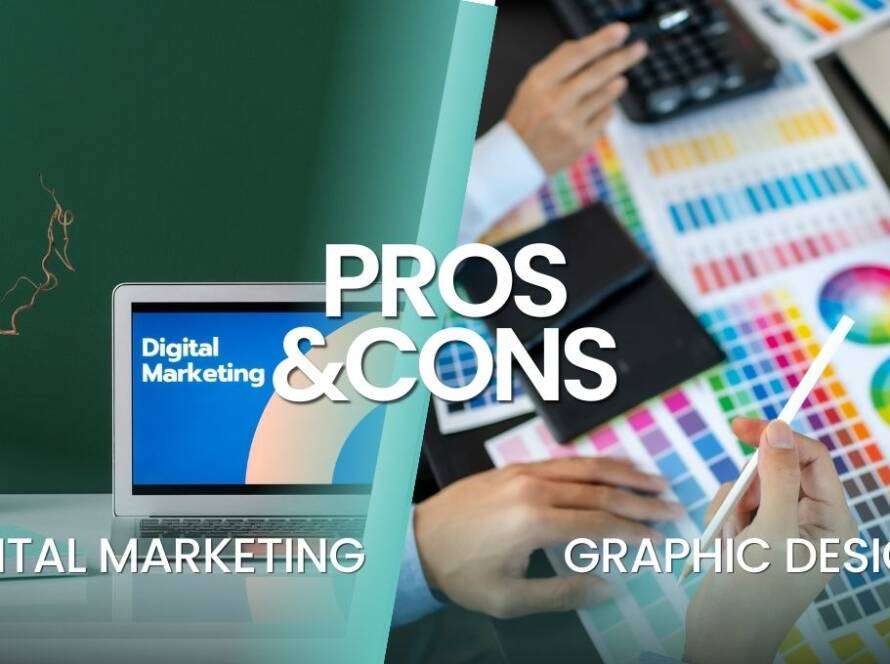Graphic design trends of 2023
Hand-drawn illustrations
- Authenticity: Hand-drawn illustrations are sought after for their authentic feel. They add a personal touch to designs and can help brands establish a sense of uniqueness.
- Bold and Vibrant: Hand-drawn illustrations can be quite bold and vibrant. Designers are using bright colors and bold lines to make illustrations stand out.
- Texture: Hand-drawn illustrations often have a lot of texture. Designers are using this to their advantage and experimenting with different textures and patterns.
- Organic Shapes: Rather than using traditional geometric shapes, many designers are opting for more organic shapes in their hand-drawn illustrations. This can add a sense of movement and flow to designs.
- Mix and Match: Designers are mixing different styles of hand-drawn illustrations together, creating unique and eclectic designs. This can include combining different textures, line styles, and even incorporating other design elements like photography or typography.
Overall, hand-drawn illustrations offer a lot of flexibility and creativity to designers. As such, they will likely continue to be a popular graphic design trend for years to come.
Minimalism
Minimalism in graphic design is a style that emphasizes simplicity, clean lines, and the use of negative space. The goal is to create a design that is easy to understand and has a clear message without any clutter or unnecessary elements. Here are some key characteristics of minimalist graphic design:
Use of Negative Space: Minimalist design often uses negative space to create a sense of balance and harmony in the composition. This means leaving some areas of the design blank, rather than filling every inch of space.
Simplified Forms: Minimalist designs often feature simplified forms and shapes, with a focus on geometric shapes and basic forms such as circles, squares, and triangles.
Limited Color Palette: Minimalist designs often use a limited color palette, with just a few colors used to create a simple, elegant look. The use of black and white is also common in minimalist design.
Typography: Typography is an important element in minimalist design. Clean, sans-serif fonts are often used, with a focus on legibility and simplicity.
Functionality: Minimalist designs are often focused on functionality, with an emphasis on usability and clear communication of the message.
Use of Grids: Grids are often used in minimalist designs to create a sense of order and structure. They can help to guide the eye and create a balanced composition.
White Space: White space, or negative space, is an important element in minimalist design. It can help to create a sense of simplicity and elegance, while also making the design more visually appealing.
Overall, minimalism in graphic design is all about simplicity, clarity, and functionality. By focusing on these elements, designers can create designs that are both aesthetically pleasing and effective at communicating the desired message.
Data visualization
Data visualization is the art of presenting complex information in a visual format that is easy to understand and interpret. Good data visualization can help people to make sense of large amounts of data quickly and easily, and to identify patterns and trends that may not be immediately apparent from raw data. Here are some key principles of data visualization in graphic design:
Know Your Audience: Effective data visualization begins with a clear understanding of who the audience is and what they are looking for. Designers need to consider the context in which the data will be presented, and tailor the visualization accordingly.
Choose the Right Format: There are many different types of data visualizations, including charts, graphs, maps, and infographics. Choosing the right format for the data is important in ensuring that it is presented in a clear and concise manner.
Keep it Simple: The best data visualizations are often the simplest. Avoid adding unnecessary elements or clutter to the design, and focus on communicating the key message clearly and concisely.
Use Color Effectively: Color can be a powerful tool in data visualization, but it must be used carefully. Choose a limited color palette that is easy on the eyes, and use color to highlight important data points or trends.
Emphasize Hierarchy: Good data visualizations should emphasize the most important data points or trends, while de-emphasizing less important ones. It can be done by the use of size, colour
Ensure Accuracy: Data visualization must be accurate in order to be useful. Make sure that the data is presented in a way that is easy to understand, and that any labels or annotations are clear and unambiguous.
Test and Iterate: Effective data visualization is an iterative process. Designers should test their designs with real users and make changes based on their feedback to ensure that the visualization is clear and effective.
Overall, data visualization is an important aspect of graphic design that can help people to make sense of complex information quickly and easily. By following these principles, designers can create visualizations that are both informative and engaging.




